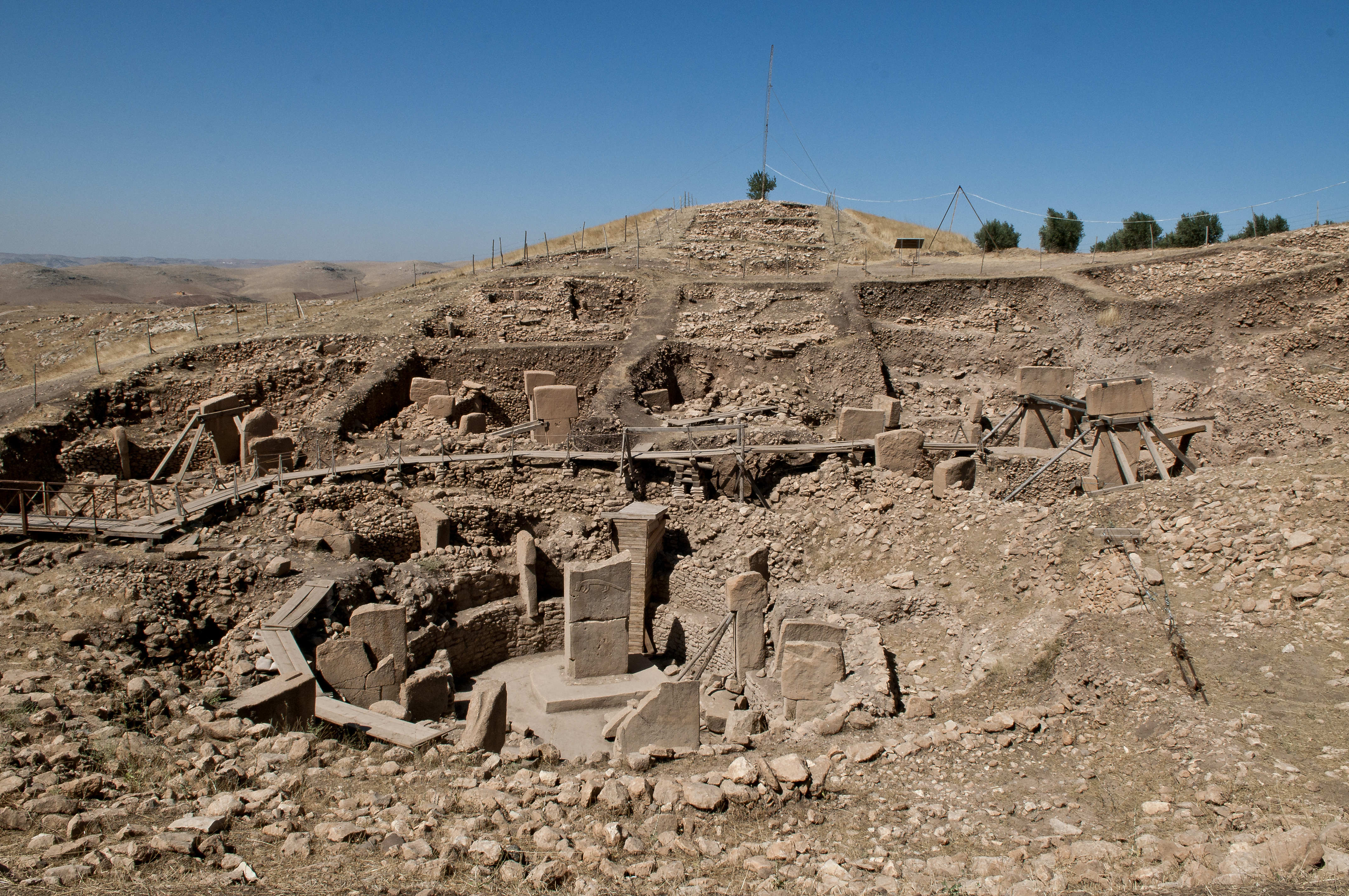Initially discovered by a Turkish shepherd, and claimed by to have been spotted in a survey conducted by the University of Istanbul and University of Chicago in 1963, the archeological site of Gobekli Tepe is anomalous because it contradicts much of mainstream history about how old human civilization and levels of certain technological knowledge really are. The site has been conservatively dated to 10,000 BC (12,000 years old), which is older than our earliest believed civilizations, like that of Sumer and Egypt, by at least 6,000 years. It was already ancient to ancient Sumer.
The very ancient structures at Gobekli Tepe are astonishing. The sophistication of site and masonry work far exceeds what history and archeological scholars believed possible for 10,000 BC. The site features many circular “rooms” with carved stone pillars that appears to be been used to hold up a roof. On the pillars and other artifacts are carved animal reliefs that would have required immense skill to accomplish. Even though there are theories, the exact purpose of the site is unknown.
The site appears to have been buried for some unknown reason around 8,000 BC, 2,000 years after it’s construction. The site seems well preserved with little sign of destruction, except for the fact it was just buried. There is reasonable speculation that perhaps the site was buried by an ancient flood, perhaps the Biblical Great Flood, which may make sense if the flood brought with it enough lifted ground sediment (dirt and mud) to bury the site naturally without the violent waters of a tsunami.

(image owner: https://en.wikipedia.org/wiki/File:G%C3%B6bekli_Tepe,_Urfa.jpg)
(Image owner: https://commons.wikimedia.org/wiki/File:G%C3%B6bekli_Tepe_site_(1).JPG)
References:
Leave a Reply